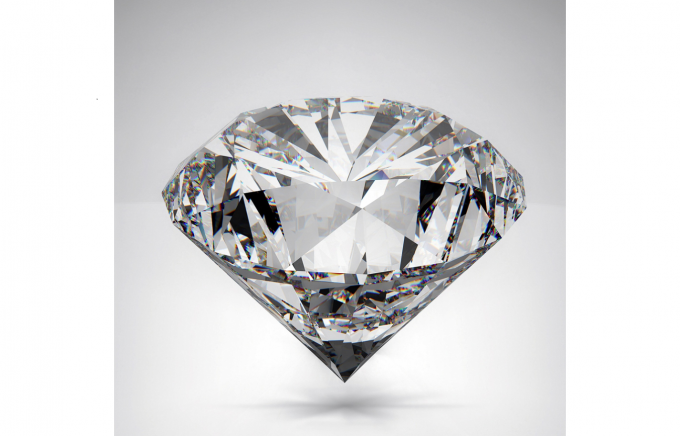“Real is rare” but synthetic diamonds are shining just as brightly – De Beers enters the synthetic diamond jewellery market
The news that diamonds can be created in a lab is not news. For many years, the processes to produce synthetic diamonds has evolved to the point where they appear often in jewellery.
In the world of diamonds, the largest and possibly the oldest company is De Beers. Its Diamond Research Laboratory reportedly grew stones of up to 25 carats (5.0g) for research purposes in the past. De Beers has been a champion of natural and rare diamonds for many years. “Real is Rare” was the company’s marketing slogan for natural diamonds until recently. However, the company has announced that it is to sell artificial diamond jewellery, in a move that seems to say “if you can’t beat them, join them”.
Does the increased production of synthetic cosmetic diamonds in anyway change the existing balance of supply and demand?
Roughly 20% of the world’s diamonds ever mined are used in jewellery, as most are unsuitable for gemstone use. The majority are either opaque and not “gem quality” or are too heavily flawed. Most of the diamonds mined end up as drill bits or with some other important industrial purpose. A flawless diamond is exceptional, as most diamonds gemstones contain some level of flaws, even if they are tiny.
In 2016, the global diamond market value was approximately 80.1 billion U.S. dollars per annum. Therefore, the value of all jewellery diamonds in the world traded was about $16.0 billion U.S. dollars a year.
However, if the value of synthetic diamonds is significantly lower but the quality can be proved to be consistent, the price of natural diamonds may fall. That said, the romance and the rarity value of the natural stone is unlikely to be diminished.
A spokesperson for Gem Diamonds, one of the leading mining companies in the sector points out: “Gem Diamonds produces natural, high value diamonds from the world class Letšeng mine in Lesotho. The market for these types of natural diamonds has continued to perform extremely well, with demand and prices remaining strong as evidenced by Gem Diamonds’ latest tenders. Letšeng diamonds are not competing with the synthetic market, with our clients specifically choosing to own the rare and exceptional quality diamonds Letšeng is renowned for, and which have been created naturally over thousands of years.”
Has the advent of etching technology made this possible?
One development that seems to make this possible is diamond etching. A logo can be etched deep inside a synthetic diamond by laser and De Beers are investing heavily in this. This does two things; 1) it makes it impossible to remove the logo and 2) it differentiates the natural stone from the synthetically cultivated gem.
For a company such as De Beers, it gives them an element of control over the market and its exposure to it. A buyer will know that they are buying a synthetic diamond and that it is made by De Beers, rather than it being made by anyone else. Experts will know the difference between natural and synthetic.
Has the advent of etching technology brought forward the creation of a market for synthetic cosmetic diamonds?
This is possible and may have brought forward De Beer’s decision to be involved.
Does this create a separate market for synthetic cosmetic diamonds or does it create an internal market within a market?
There is already a difference in price: synthetic diamonds are said to be typically 20% to 40% cheaper than mined diamonds. On the plus side, with the etching there is a stronger record of provenance and, from an ethical perspective, owners can be more certain of avoiding a diamond used in crimes such as money laundering or “blood diamonds”.
With natural diamonds, as with synthetic diamonds, prices are based on “carat” (weight) and quality. You also get some interesting anomalies. For example, blue diamonds are incredibly rare in nature. Blue synthetic diamonds, which are made by removing nitrogen and adding boron, are more consistent and are 10% more expensive than natural blue diamonds.
The implications of De Beers entering the synthetic diamond jewellery market are considerable, particularly with their distribution power. They are already a significant player in the wider synthetic diamond market. hexaresearch.com suggests that this will grow by 7% CAGR to USD 28.26 billion by 2024.
